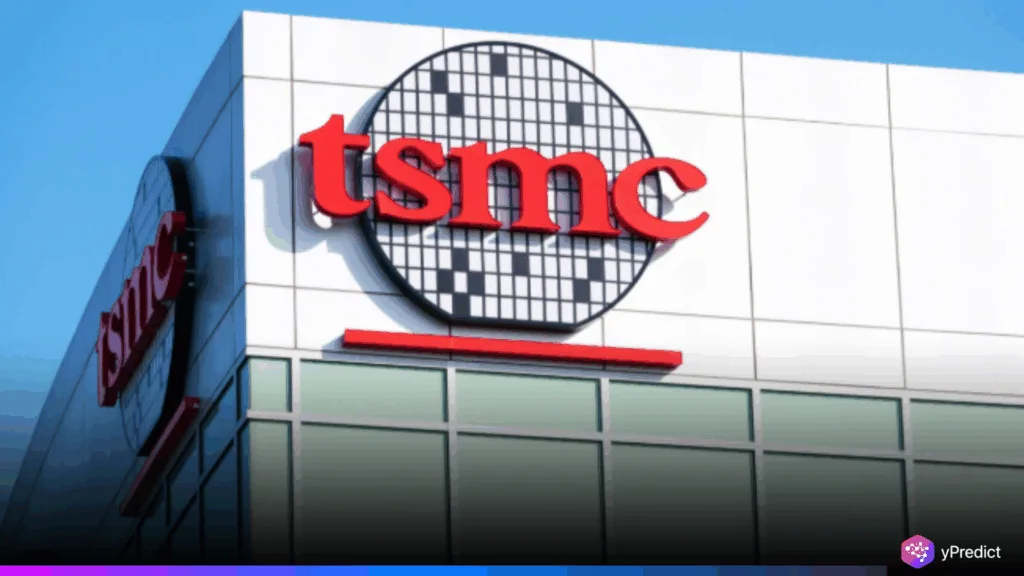
TSMC recorded strong growth in May 2025, reporting NT$320.52 billion in revenue, a 39.6 percent increase from May 2024. This brought the total revenue for January–May to NT$1.509 trillion, up 42.6 percent year-over-year. The company attributed much of this growth to the surge in AI-related chip demand, driven by hyperscalers’ expanding data center capacity. Preliminary reports suggest June revenue also rose, although official figures are still expected. This pattern underscores TSMC’s continued momentum as it captures a substantial share of the booming AI semiconductor market.
Preliminary June Outlook & Upcoming Q2 Results
Despite the fact that TSMC has not yet published its June 2025 revenue statistics. Preliminary signs indicate that analysts expect further high growth. Limited reports in the morning of July 10 suggest a revenue level of NT$263.71 billion in June, an increase of 26.90 percent year-on-year, but official sources at the company have not confirmed these numbers either. TSMC will release its Q2 2025 earnings report on July 17, at which point it will either substantiate that figure or it will also report more data on its quarterly progression.
This sustained revenue expansion is anchored by the global AI boom. Following the initial post-ChatGPT surge earlier this year. Demand for sophisticated semiconductor chips, particularly for AI and high-performance computing, has stayed elevated. A 2024 IEEE study suggested that semiconductor demand tied to machine learning jumped by 45 percent. A trend mirrored in TSMC’s results. The company’s advanced nodes, like 3 nm and upcoming 2 nm processes, remain indispensable for cutting-edge AI hardware. Ensuring its leadership in the AI supply chain.
Moreover, TSMC analysts have ascertained a robust business extending up to 2025, where the CEO C.C. Wei estimated full-year revenue growth by the middle of the 20 percent year. With geopolitical and tariff uncertainties still shadowing the industry, TSMC seems to maintain a relatively tight relationship with large technology companies and their positioning on AI development and investment, which have so far offset the challenges posed in the industry.
AI Integration, Market Saturation & Risks
TSMC’s ongoing growth defies narratives of AI market saturation. Instead, its performance argues for a deepening of AI technology integration across industries. Extending beyond data centers into sectors like autonomous vehicles, smart infrastructure, and medical devices. The 39.6 percent YoY surge in May indicates the durability of AI-driven demand, even as broader tech investment cycles fluctuate.
Academic research supports this trend. A 2024 IEEE report described a 45 percent increase in global semiconductor demand for ML applications. TSMC’s position as a primary supplier to major clients such as Nvidia and Apple. Further buttresses its leading role in providing chips for AI‑intensive systems. Indeed, its Q1 2025 forecast anticipated continued demand into Q2, driving revenue expectations of US$28.4–29.2 billion, signalling robust client commitment despite external volatility.
However, the geopolitical risk exposure also stays in the background. U.S.-China tech tensions are on the rise and have recently threatened the export-based nature of TSMC, as have the proposals to tariff nations such as China. Though the TSMC is making massive investments into its foreign fabs, among them an American, Japanese, and German one, in order to hedge against these headwinds, its current diplomatic developments are also likely to have an impact on it and its profitability levels. As the growth in demand continues to snowball, these external risks should be monitored in order to ascertain whether the current rate at which it is increasing can be sustainable in the long run.
Outlook & Takeaway
The fact that TSMC managed to grow impressively early in 2025 highlights its status as one of the pillars of the tech boom AI environment. Although we believe the company was already beating the market by a large margin in terms of its high growth rates, given almost 40 percent YoY growth in May and good initial indicators of further growth in Q2, the company seems primed to reap the benefits of prolonged AI spending. But the uncertainty is added by unconfirmed June data and the threat of geopolitical issues. The July 17 earnings report confirmation of the June data is crucial, and so are the updates of global trade, export plans, and policies.





